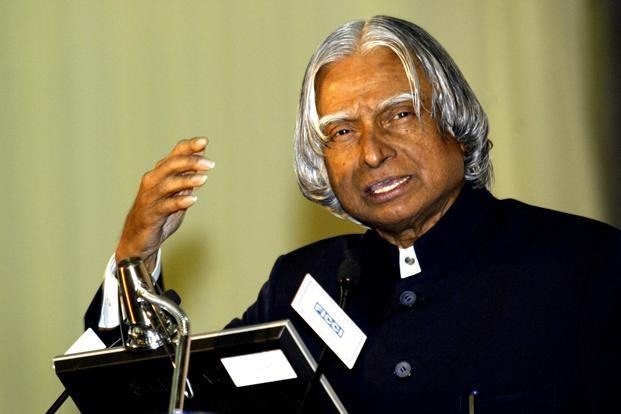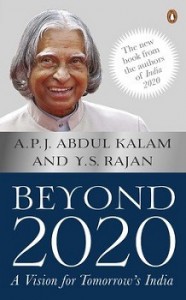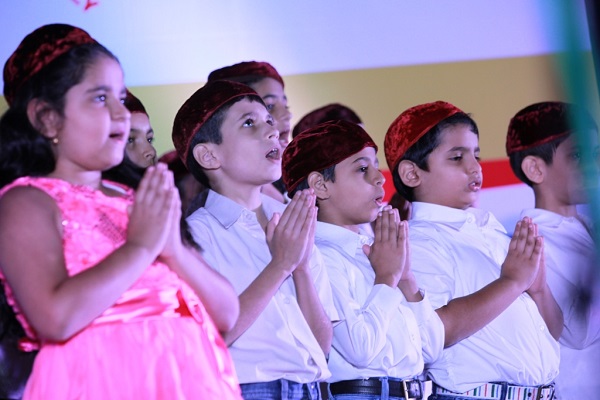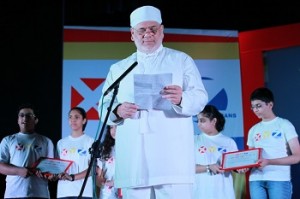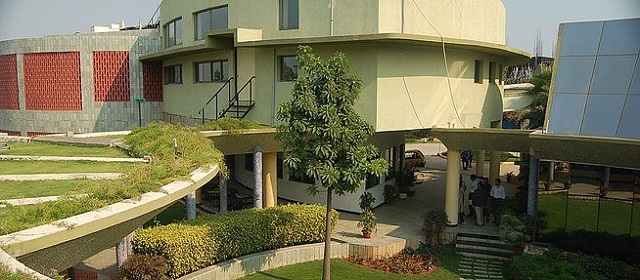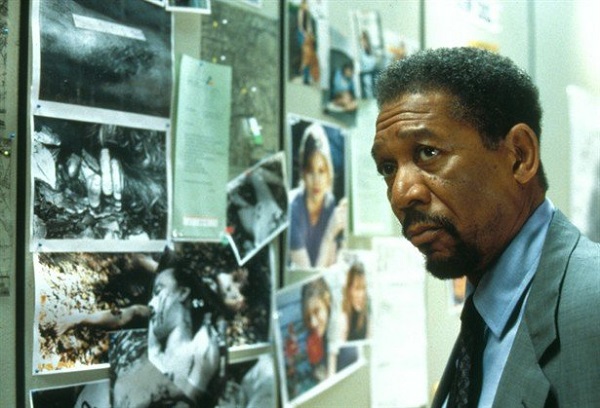Umang fest comes back with a bang, announces a talent contest for senior citizens to be held in January 2015.
by The Editors | editor@themetrognome.in
We are heartened to see several initiatives – however small – being planned for and involving senior citizens in the city. This is one group of people that require recognition and applause in its autumn years, and any initiative that celebrates them should be roundly welcomed.
In this spirit of things, the Rotary Club of Mumbai Nariman Point and Rotaract Club of Rizvi Law College are coming up with ‘UMANG 2014-15 ‘, a talent show for senior citizens, on January 24, 2015. This is an annual talent show conceptualised and executed by Silver Innings Foundation since 2008, for seniors aged 55 years and above. The programme will be part of the Rotary District 3140 Service Week from January 23 to 29, 2015.
“We have been organising this programme since 2008,” says Sailesh Mishra of Silver Innings. “As there are not enough opportunities for the elderly to show their talent, the main purpose of this programme is to provide a platform for the elderly to display their talents. This is not a competition between the elderly, but a forum to encourage them to demonstrate their hidden talent.” The event is supported by Dignity Foundation, FESCOM Mumbai, HelpAge India, Harmony for Silvers Foundation, 1298 Senior Citizens Helpline, and The Metrognome.
Umang invites entries in one-act play, singing, a solo of group musical or dance performance, skit, mimicry, drama, or any other talent which can be presented on a stage. “We are restricting the number of acts to not more than 25,” Sailesh says, adding that the organisers are currently ‘auditioning’ potential participants over the Internet (via YouTube video links of their performance). The talent show will be held at Birla Matoshree Sabhagriha, New Marine Lines, on January 24, 2015 from 10 am to 12.30 pm.
Do you want to participate in the Umang Talent Show for seniors? Call 9987104233 or 9029000091 for registration and details. Send your completed form with DVD or YouTube link of your performance to silverinnings@gmail.com, or to Silver Innings, J-47/48, Shop no.10, opposite Navgraha bldg, Poonam Sagar Complex, Mira Road East, Mumbai 401107.
(Picture courtesy www.sereneretirement.com. Image used for representational purpose only)
